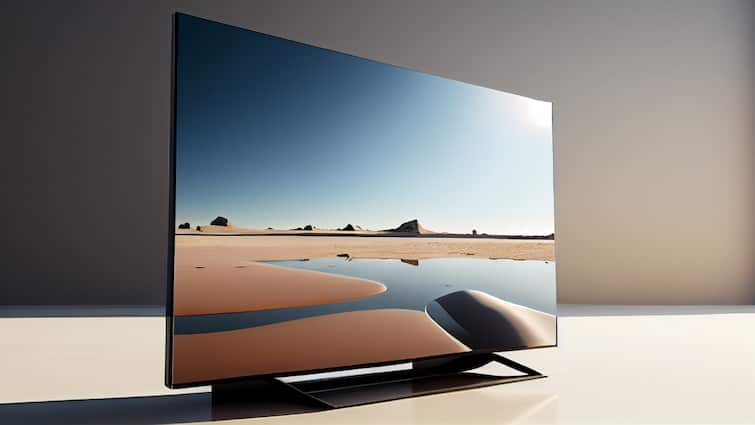GST On TV:Television prices in India are expected to see a sharp dip after the Goods and Services Tax (GST) Council decided to slash rates on bigger models. At its 56th meeting on September 3, the Council approved a reduction in GST on 32-inch and larger televisions, bringing the rate down from 28 per cent to 18 per cent. The move is expected to energise the country’s $12-billion TV industry, which has been grappling with sluggish demand.
The announcement comes just ahead of the crucial festive sales period, traditionally the busiest time for the consumer electronics market. As reported by Moneycontrol, analysts believe the price correction could encourage households to move beyond entry-level models and adopt larger screens, along with premium display technologies such as QLED and mini-LED.
Industry Battling Slowdown
Data from Counterpoint Research shows that India’s smart TV market slipped by 3 per cent in 2024, while the overall television segment contracted by 6 per cent. Rising inflation and cautious consumer spending were cited as major reasons behind the decline. Market experts suggest that the GST cut, coupled with seasonal discounts, might be the trigger the industry needs to recover lost ground.
Reports from IMARC Group and Custom Market Insights estimate that India’s television industry was valued at $12.2 billion in 2024. Projections point to a threefold increase, with the market expected to touch between $35 and $36.4 billion by 2033. Analysts highlight that larger screen adoption and mainstreaming of advanced technologies will be key growth drivers in the coming years.
Brand Exits Shake Up The Market
As per the Moneycontrol report, despite its size, India’s TV market has not been easy to navigate. While giants like Samsung, LG, Sony, Xiaomi and TCL continue to dominate, competition and margin pressures have forced several players to bow out. Chinese brands such as OnePlus and Realme pulled back from the smart TV business in 2024. Over 15 other brands, including Intex, Philips, Amazon Basics and Panwood, also exited.
Even after these departures, around 60 brands remain active in the segment, making it one of the most competitive markets in the world. With the tax relief now in place, industry watchers expect sharper battles in pricing, but also a renewed push for premium technologies as consumer appetite for upgrades grows during the festive rush.



